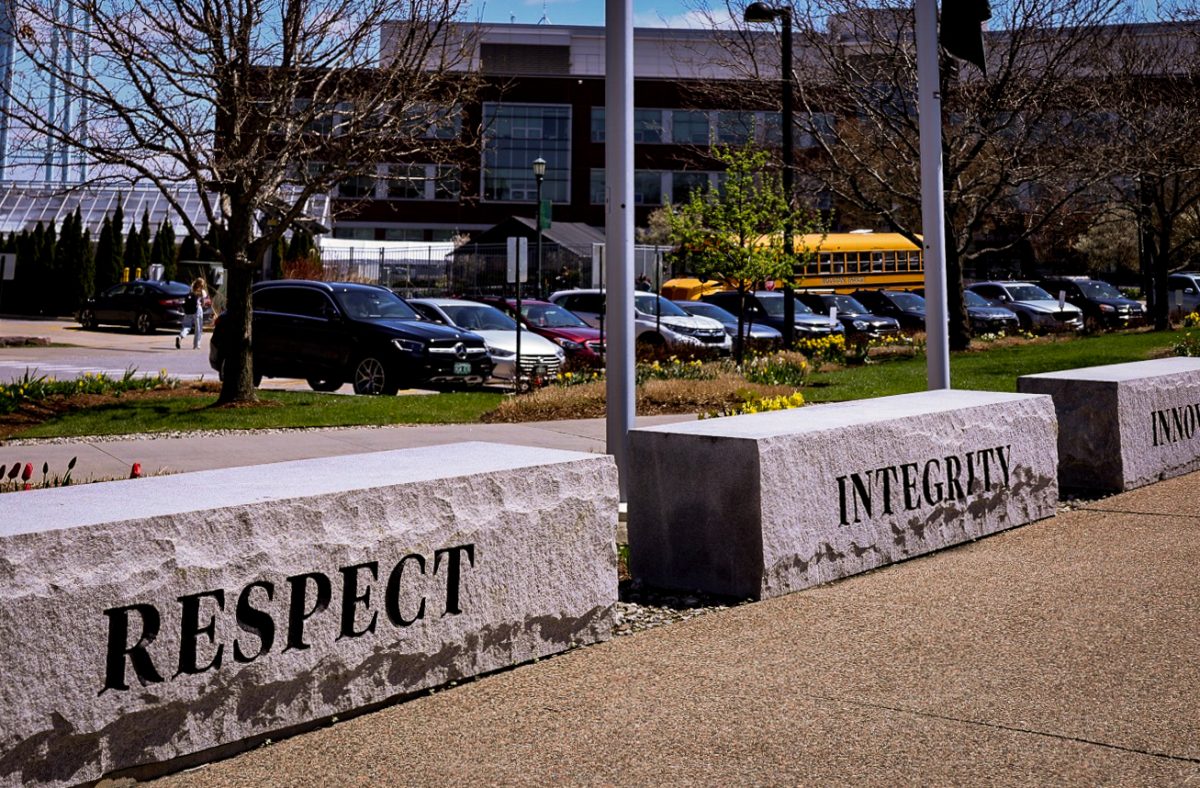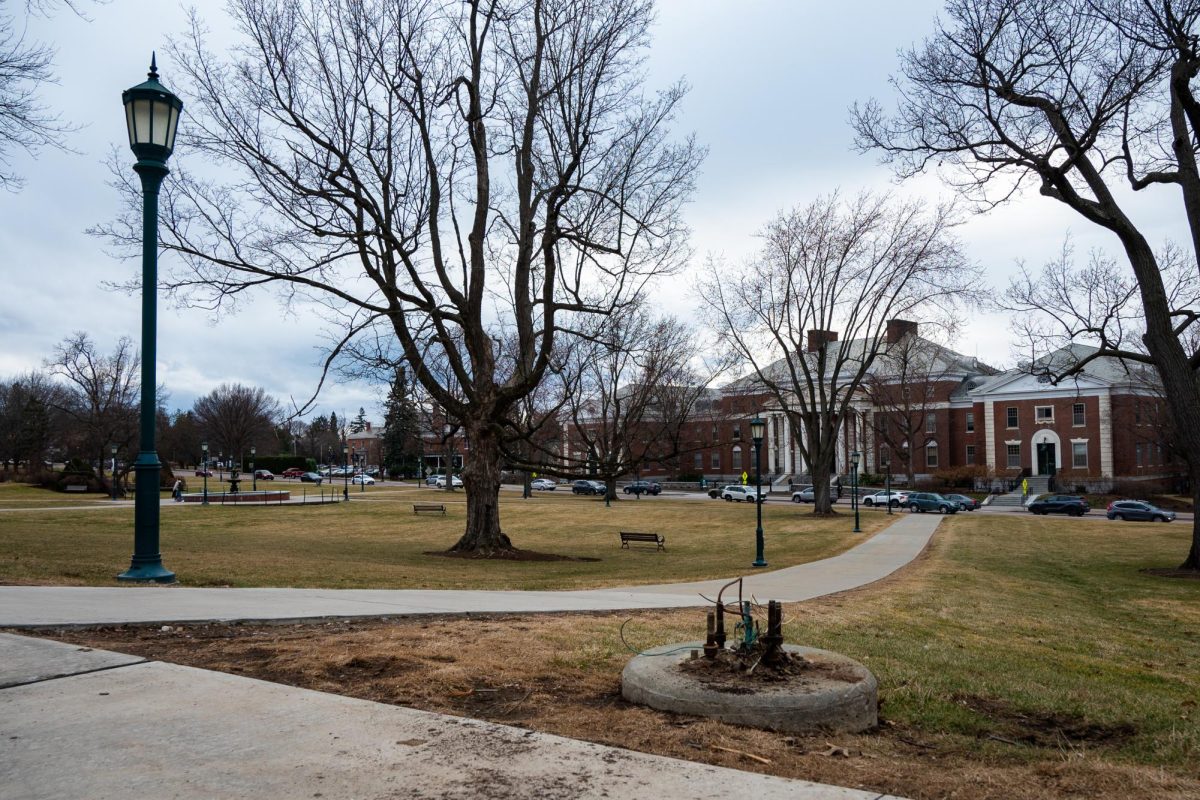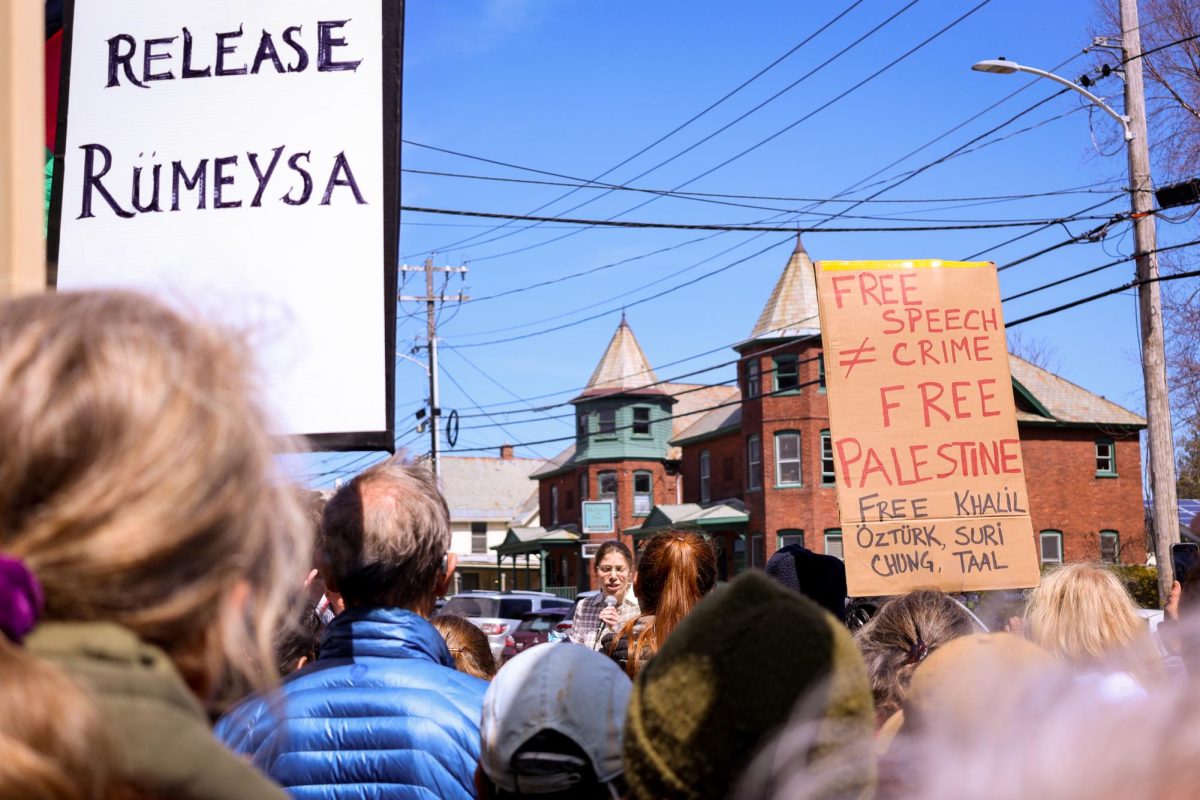His name may be difficult to pronounce, but his presidential plan is simple: make the student experience “exemplary.” The current provost and executive vice president at Oregon State University, Sabah Randhawa, is one of five finalist candidates vying to be UVM’s next president and was the first to participate in an intensive round of on-campus interviews. He held an open forum at the University on Jan. 19 that was attended by roughly 150 people. Soft-spoken and reserved, Randhawa spoke about himself for several minutes, touching on his career at OSU and how OSU and UVM are similar, given that they are both land-grant institutions. The quality of the undergraduate and graduate education programs figures prominently in Randhawa’s interpretation of UVM’s identity as a small research university. “The student learning experience and student success need to be exemplary in terms of exceeding our competitors,” he said. “It’s critical to maintain sustained programs in all academic areas.” Those areas, however, are what Randhawa is still trying to determine. In an interview with the Cynic, he praised UVM’s emphasis on undergraduate education shown by high graduation and retention rates, a fiscally promising capital campaign and UVM’s strong medical program that is affiliated with Fletcher Allen Healthcare Although Randhawa said it was “too premature” for him to pinpoint exactly where UVM is falling short, his hope for the future is that the University develops a more globalized image and recognized graduate programs that can rival the medical program. “I’d like to see the other graduate programs compare [with the medical school] in terms of size and scope,” Randhawa said. He also said this could enhance the University’s humanities departments at the graduate level. Randhawa’s background is in engineering. In the past few years, OSU invested mightily in six initiatives that included medicine, biology, the environment, computer science and mathematics – almost nothing related to the liberal arts or humanities. Randhawa said that he does believe the liberal arts contribute to well-rounded students and a “creative environment,” but that from a financial perspective, research in the humanities tends to bring in less money to a university. Last year, Randhawa also reorganized OSU’s College of Liberal Arts into six distinct schools, an article in OSU’s student newspaper the Daily Barometer stated. He said that the key reason for these alignments was to enable greater collaboration across faculty units that were complementary to an overarching theme. “One of our schools, for example, brings together ethnic studies, human studies, foreign languages and anthropology,” he said. “We decided [to reorganize] with the intention of building a stronger program for social justice.” Similarly, the sociology, political science and economics departments were consolidated into one school to develop a public policy program. “In the long run, it does make sense to look at degree programs and see if they can evolve in new ways,” Randhawa said. One of Randhawa’s more controversial policies came in 2010 when OSU faculty was asked to participate in furlough days between January and June. He said, however, that faculty had actually voted on the issue with 86 percent in favor. “I can tell you that if the faculty had not taken furloughs the University would have been okay,” he said. “The key reason was because of the staff union.” The state of Oregon had decided that the staff union would be taking furlough days due to state budget cuts. Faculty opted to take them as well to show support, and the political move ended up saving OSU approximately $2.5 million, according to the Daily Barometer. “Furloughs may not always help a university in terms of making money, but it sends a message to the staff that we are in this process as a whole community,” Randhawa said. Although Randhawa’s resume is extensive — nearly seven pages, single-spaced — he was hesitant to really delve into his many qualifications and achievements. Still, he said he believes that his candidacy is well suited to fit UVM’s needs. “As I looked at UVM’s intentions and then looked at what I had done at Oregon State, it appeared to me that this position would be a good fit,” he said. “We went through a situation where we’ve developed a solid fiscal position for the long haul, adding faculty and launching a very successful $800 million capital campaign.” M. Tonga Hopoi, president of the Associated Students of Oregon State University, said that OSU students see Randhawa as an “ally” who is not afraid to listen to student concerns. “Dr. Sabah Randhawa is a remarkably intelligent and strong individual with proven experience to understand and listen to students and their proposals to improve the college experience,” she said. The idea of student and administration collaboration could be appealing to some students who feel that former President Fogel’s leadership pitted the administration against students. “I think the majority of what students were concerned about had to do with financial issues, [and] it seems to me like a lot of teachers also didn’t like [Fogel],” junior Max Dansky said. “I think this is what fed the authority and anti-authority interactions.” Randhawa said that transparency is critical to fostering a cohesive community and ensuring the best outcomes for all members. “I meet with student leadership at least once a month with no agenda,” he said. “We don’t always desire the same outcome, but it’s important to maintain clarity in decision-making.”
Categories:
Sabah Randhawa
January 25, 2012
0
More to Discover







